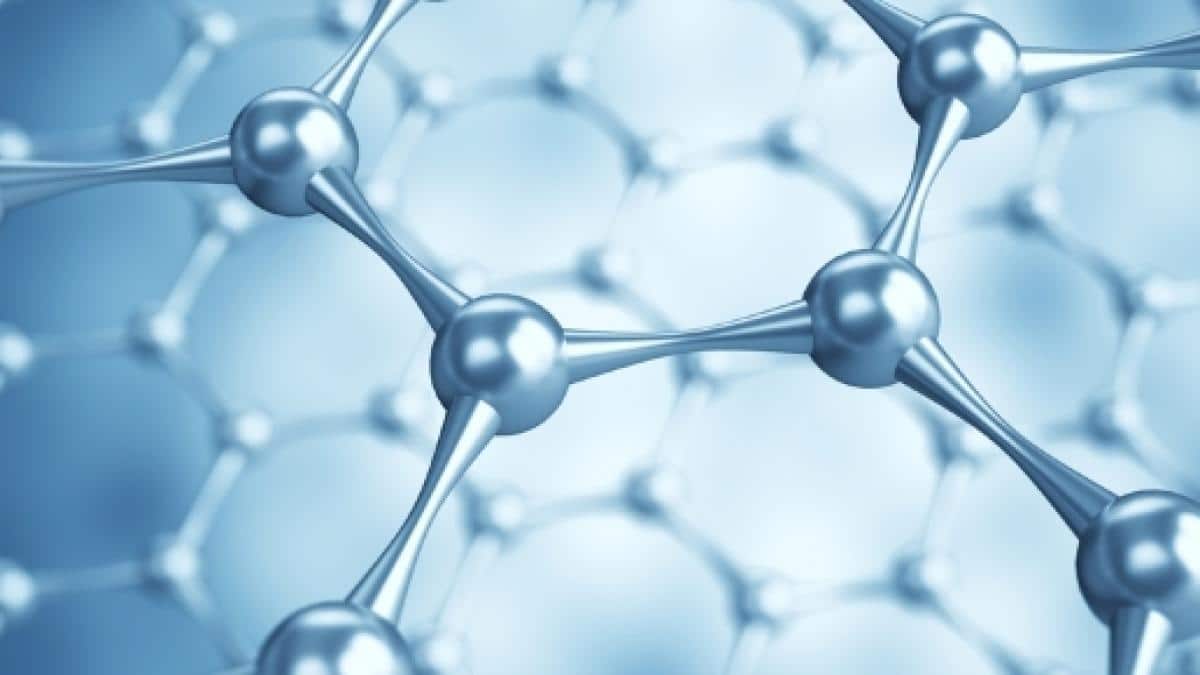Il molecular engine is a macromolecule (usually protein) capable of converting chemical energy into mechanical force and movement.
“The energy conversion efficiency of the rotating molecular motor is much higher than that of man-made motors”. It is theaffirmation frontier made by Ryota Iino, author of the paper and researcher at the Institute of Molecular Sciences of the National Institutes of Natural Sciences.
/https%3A%2F%2Finteng-storage.s3.amazonaws.com%2Fimg%2Fiea%2FJYG0ZjExw1%2Fsizes%2Fenergy-bacteria_resize_md.jpg)
“The energy conversion via rotary molecular motor is reversible. If we fully understand the mechanism, it will lead to highly efficient, home-made engines in the future.”
In their study of the molecular motor, the researchers used a probe made of a gold nanoparticle to observe a single molecule of the bacterium Enterococcus hirae. They tried to determine how its motor rotated for different sections: what they found was that the molecular pump had to take a little extra energy to transport the ions against the edge of the bacterial membrane.
How does the molecular engine work?
“We started by working to understand how chemical energy is converted into the mechanical rotation of the V1 engine”he said Bad. “We found that while the three-dimensional structures of V1 and its rotary motors are similar, their chemical and mechanical coupling mechanisms are very different.”
It turned out that the V1 engine forms a complex with another rotary engine called Vo. These motors could then pump sodium ions across the cell membrane creating energy in the process.
Just like eels
“Next, we would like to understand exactly how the engine's energy conversion mechanism works”said Iino. This is important because it is similar to the way electric eels produce their electrical energy from chemical energy.
“If we can fully understand this molecular motor mechanism, it will be possible to develop a battery that can convert energy in an implant similar to an artificial 'electric eel', or even by drawing it from a human.” Maybe to power one of many nanorobots that will travel through our body to seek disease or to distribute treatment.
Lo studio is published in Journal of Biological Chemistry.


